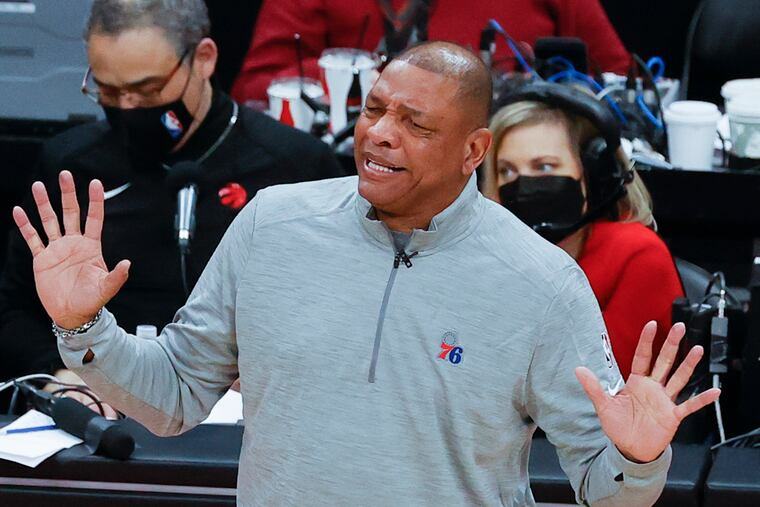Avoiding another first-half deficit key for Sixers in Game 5 vs. Raptors
The Sixers fell behind by double digits in the first half of both games in Toronto because they allowed the Raptors to play to their strengths and struggled on offense.

The Sixers fell behind by double digits in the first half of both games in Toronto because they allowed the Raptors to play to their strengths and struggled on offense.
